Affiliate links on Android Authority may earn us a commission. Learn more.
The best accessibility options to use on the iPhone or iPad
Published onApril 12, 2023

According to the World Health Organization, around 15% of the world population suffers from some sort of disability. If that disability involves sight, hearing, the brain, or hand movement, then using a smartphone or tablet can prove to be a very challenging experience, if not outright impossible. To make life easier, both Android and iOS have accessibility options, which are meant to make the experience of using a device much easier. Here are the best accessibility options on the iPhone or iPad.
QUICK ANSWER
To access accessibility on the iPhone or iPad, go to Settings >Accessibility. Toggle on the features you want to use.
JUMP TO KEY SECTIONS
AssistiveTouch
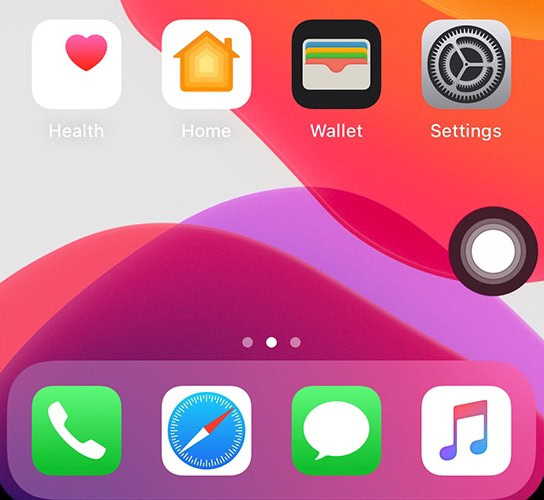
Settings >Accessibility >Touch >AssistiveTouchThe usual way of activating features on your device is to swipe or tap. However, if you have problems with your hands, swiping could be difficult or impossible. Enter AssistiveTouch, which gives you an extra button on the screen that activates and controls certain features with a tap.
Tapping the black and grey round button opens up a menu, so you need to decide in the AssistiveTouch settings which features will be enabled in this menu.

You can add or subtract icons to whatever you need. To change one to another function, tap on it and other possibilities come up. Tap the one you prefer to have in that menu slot — there are a lot to choose from.

Once you have made your selection, test it by tapping the round button at the bottom of the home screen. The button can be moved if you would prefer it in a different location. When the menu pops out, just tap what you want to use.
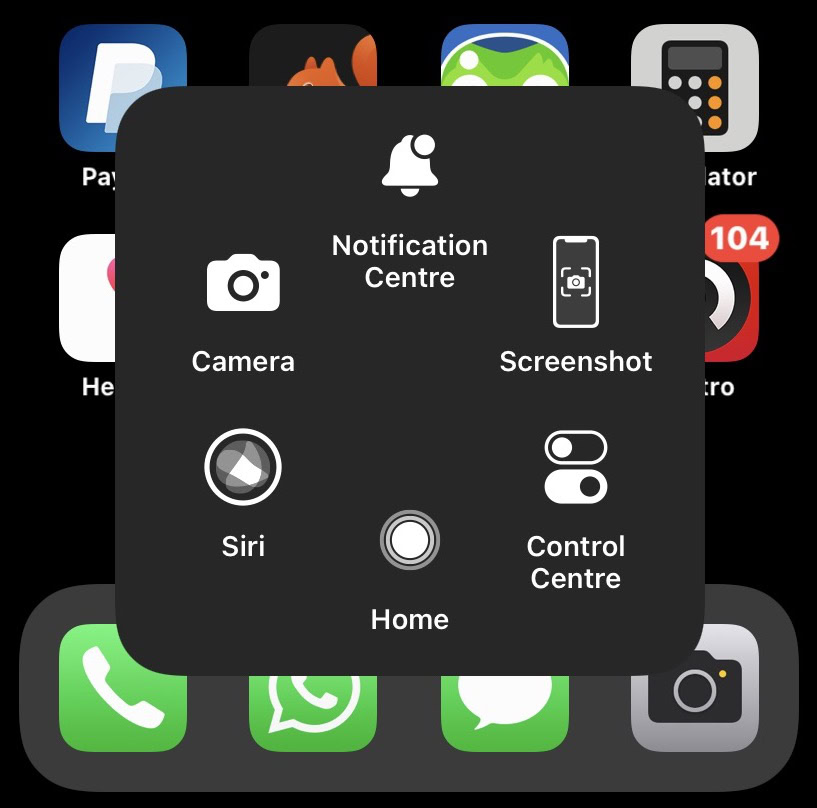
Voiceover
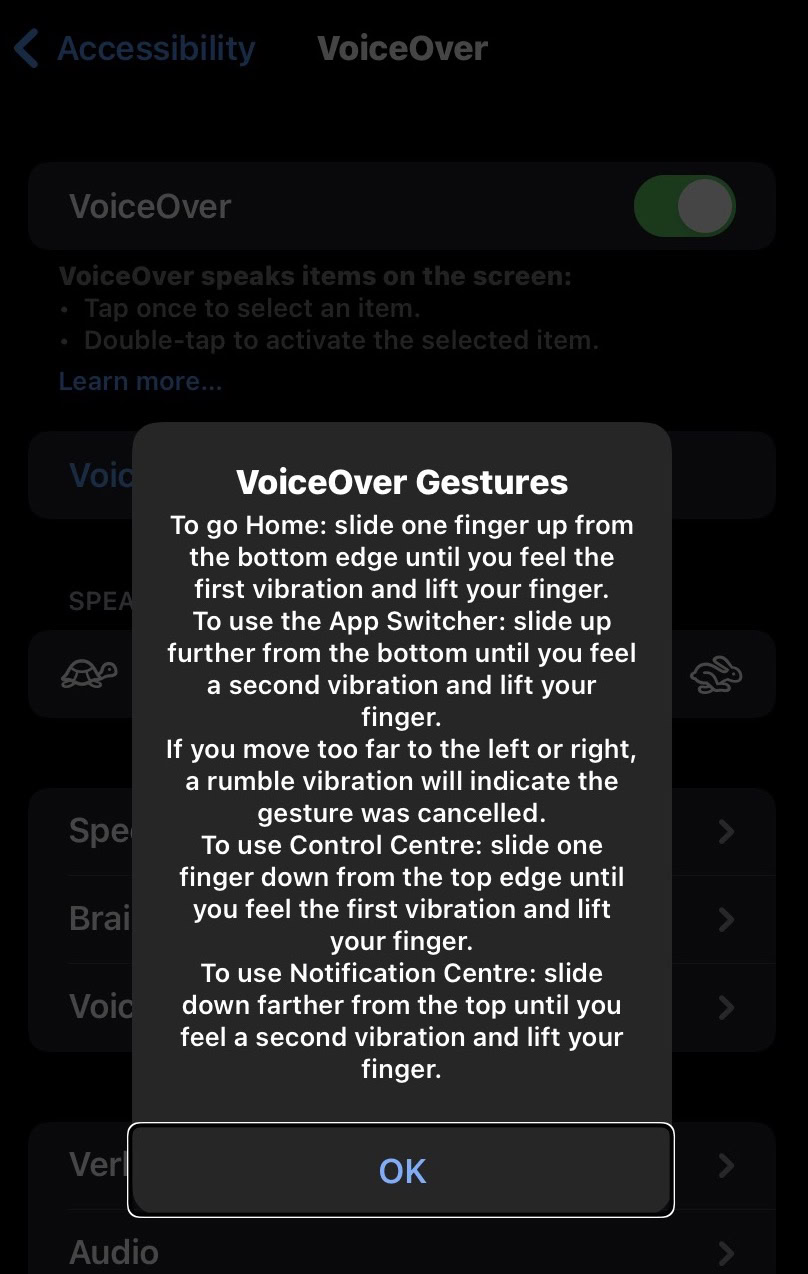
Settings >Accessibility >VoiceoverThis feature takes a lot of getting used to, although I can see the benefit for the hard-of-sight people. Voiceover speaks everything aloud whenever a button is pressed or an app is activated. If the OK button is pressed, the iPhone squawks “OK button!” Emails in Gmail can be spoken out loud as well as texts.
But everything gets spoken when you tap it and you can easily get stuck in an endless loop of trying to exit something and constantly having the device yell at you. In the end, I had to get Siri to deactivate Voiceover because I was unable to do it myself.
However, if I had trouble seeing my screen, I would probably view Voiceover as a lifesaver. It just has a learning curve, that’s all.
Zoom
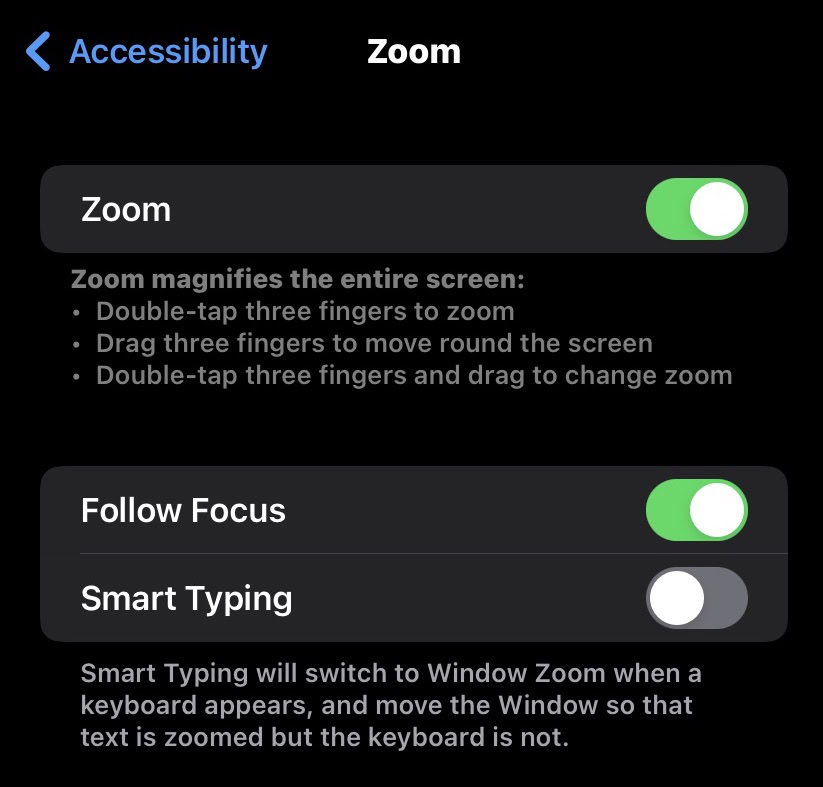
Settings >Accessibility >ZoomThis is another great one for the hard of sight. If you can’t read the text on your screen, use three fingers to tap on the screen and zoom in and out.

Tapping with three fingers the first time opens up the magnifying glass box. Three fingers again will zoom in. The same gesture will zoom back out. Easy.
Change text size
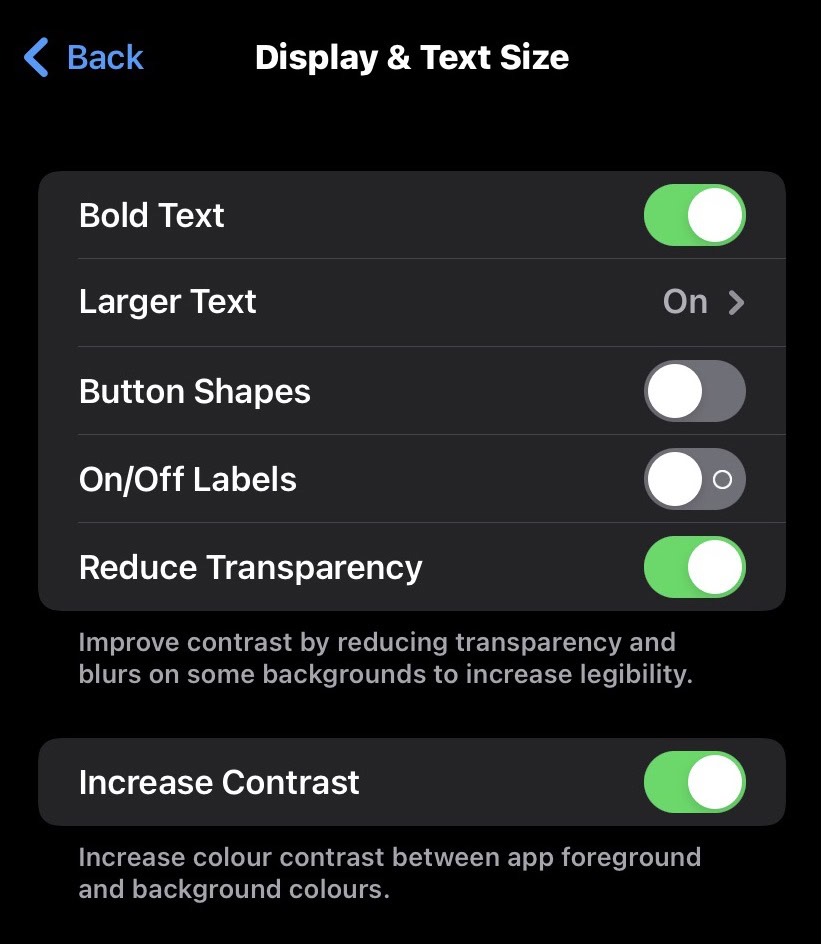
Settings >Accessibility >Display & Text SizeOne of the biggest issues anyone would have would be reading the screen. Display & Text Size aims to correct that by giving the device user various options.
This includes increasing the contrast, bolder text (which should be used even by people without a disability because it makes the screen look better), and of course, making the text bigger using a slider.
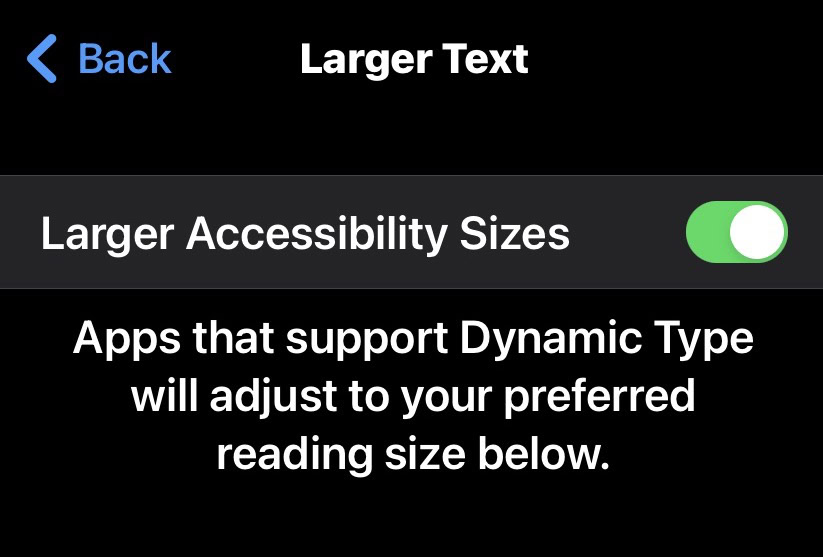
Back Tap
Settings >Accessibility >Touch >Back TapBack Tap is one of the newest Accessibility iPhone features, and is similar to AssistiveTouch in a way. Basically, you can double-tap or triple-tap the back of your device to activate an app or Apple feature.
For example, you could double-tap the back of your phone to activate Siri. Or triple-tap it to take a screenshot. The tap doesn’t have to be so hard either, although if you’re using a protective case, you may have to tap slightly harder for it to register with the device.
Siri
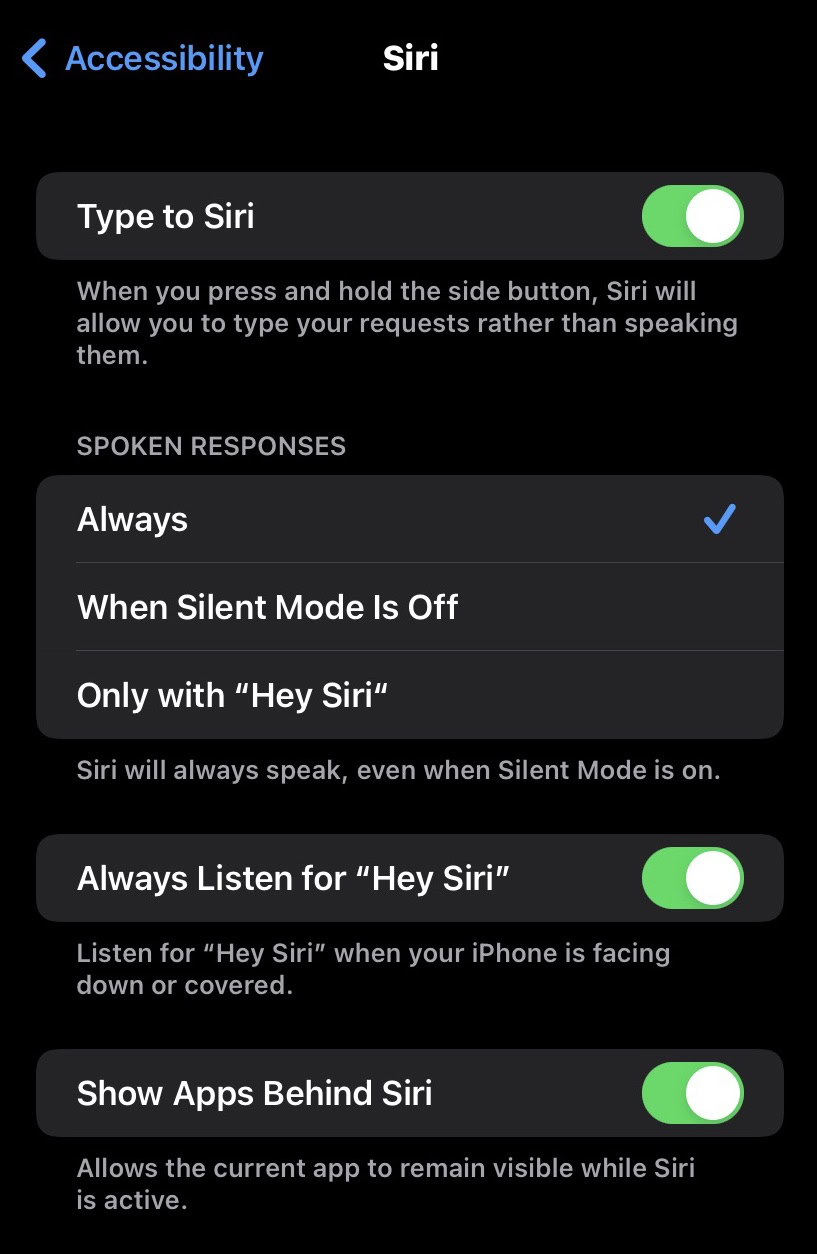
Settings >Accessibility >SiriWe’d be remiss if we missed out on our old friend Siri in an article like this. No matter what the disability is, as long as the person has full control of their voice, Siri will always perform actions on their Apple device on their behalf. But even if they don’t have full control of their voice, Siri can still help as its accessibility option can enable the user to type in their requests and questions instead of speaking them.
We have shown a lot of very useful and potentially life-changing accessibility tips here for disabled people. But it could be argued that simply using Siri negates the need to use the rest.